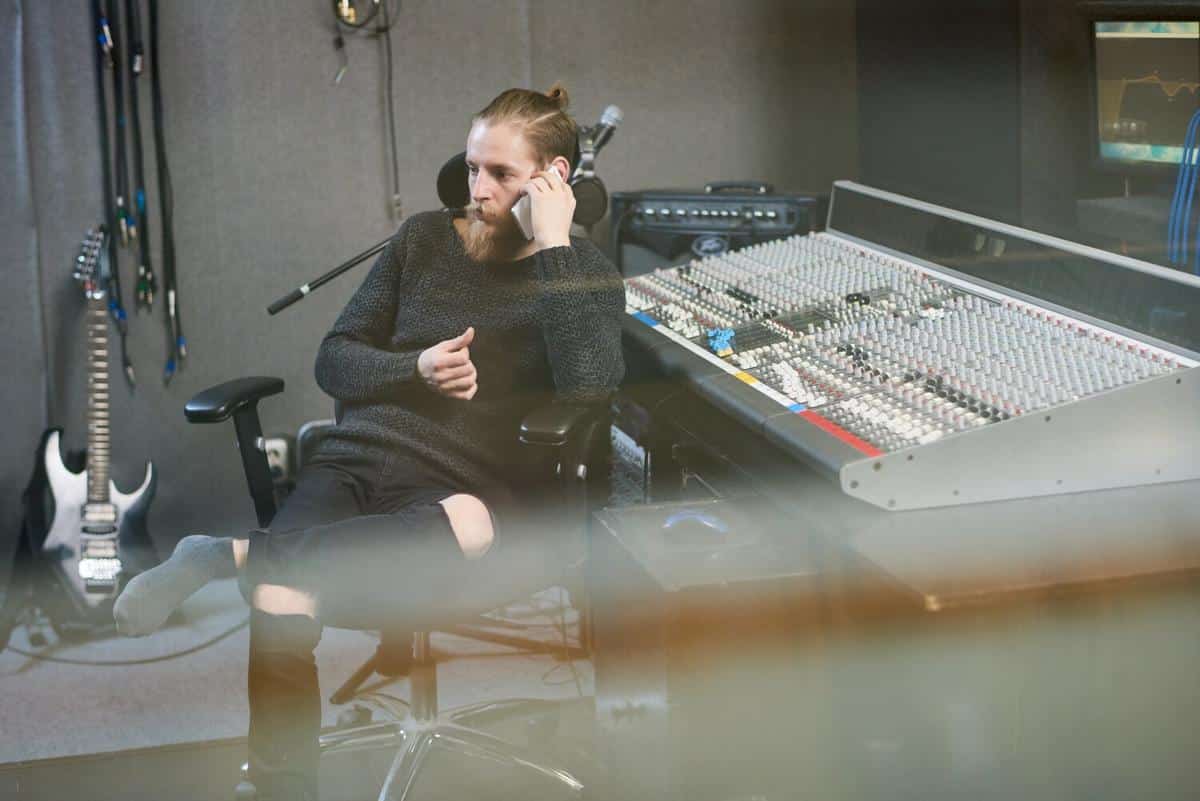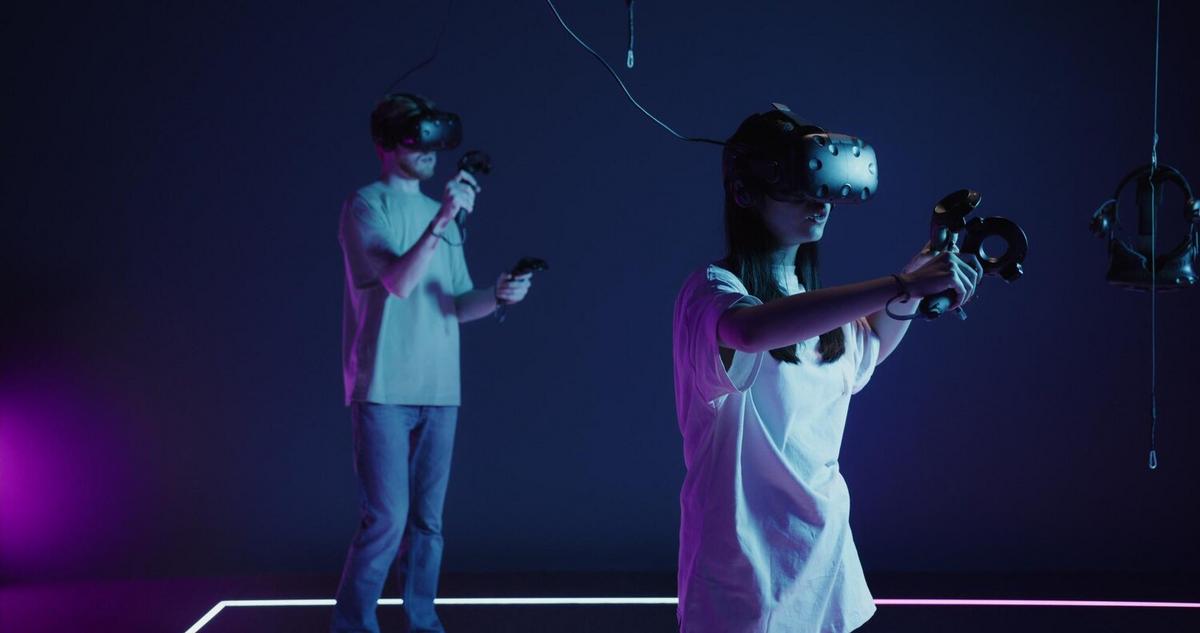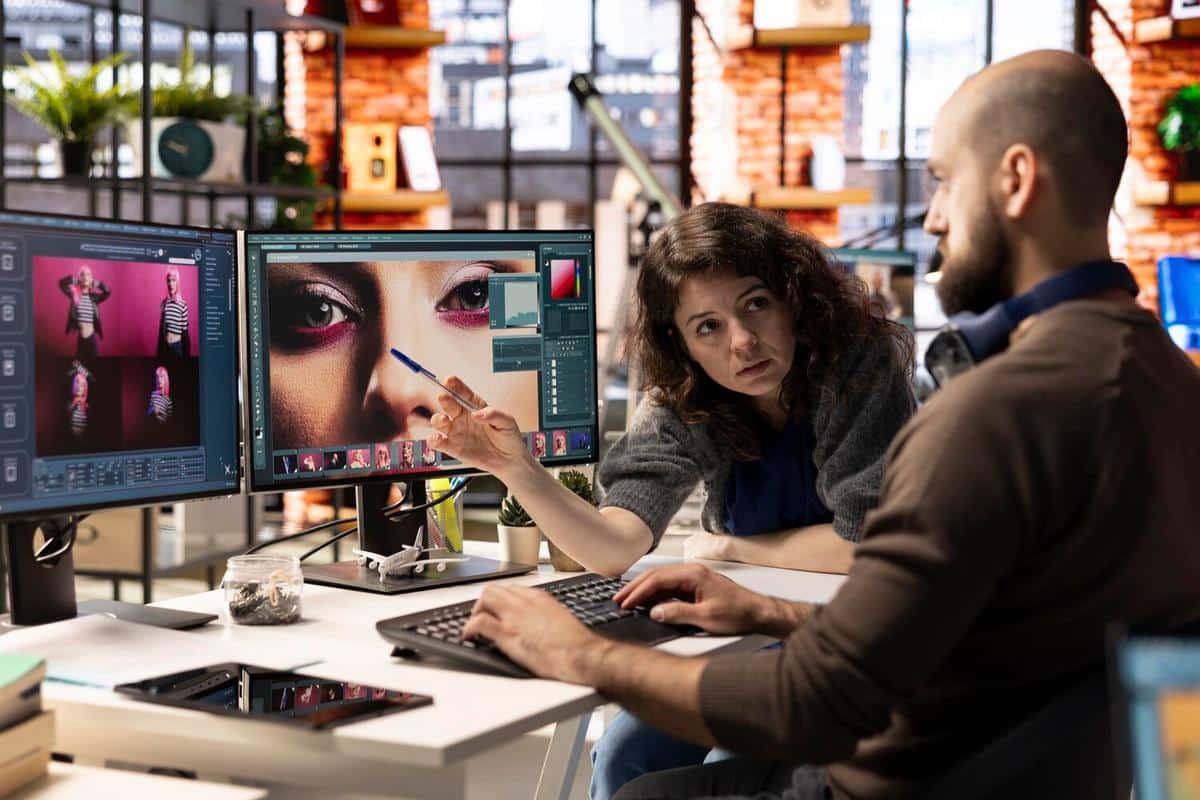
Sound Design: Enhancing Video with Audio
Sound design is a critical yet often overlooked component of video production, transforming visuals into immersive experiences that captivate audiences.
The Power of Sound Design
When it comes to video production, sound design plays an integral role in the success of a project. According to a study by Nielsen, sound has a significant impact on audience engagement, with well-executed audio increasing viewer retention by up to 30%. This highlights the importance of investing in quality sound design to enhance your video content.
Expert Insights
Renowned sound designer Ben Burtt, known for his work on iconic films, emphasizes, “Sound is half the experience.” This perspective underscores the idea that audio is not just a support element but a core component of storytelling in video production.
Real-World Example
Consider the use of sound in suspense films. The strategic use of silence followed by a sudden, sharp sound can heighten tension and draw viewers deeper into the narrative. This technique illustrates how sound design can evoke emotions and guide the audience’s response to visual stimuli.
Actionable Tips for Effective Sound Design
- Plan Early: Incorporate sound design into the early stages of video planning. This allows for better integration and creative synergy between audio and visual elements.
- Use High-Quality Equipment: Invest in good microphones and sound editing software to ensure crisp and clear audio.
- Layer Sounds: Use multiple layers of sound, including ambient noise, dialogue, and sound effects, to create a rich audio tapestry that complements the visuals.
Consider hiring a professional sound designer to bring a unique auditory perspective to your project. Their expertise can elevate the quality of your video significantly.
Sound Design Techniques
| Technique | Description |
|---|---|
| Foley | Reproducing everyday sounds to enhance the realism of a scene. |
| Ambiance | Creating a background soundscape to immerse viewers in the setting. |
| Music Scoring | Composing original music to underscore the narrative. |
| Sound Effects | Adding effects to highlight actions or emotions on screen. |
| Dialogue Editing | Ensuring clarity and coherence of spoken words. |
| Mixing | Balancing all audio elements for a seamless experience. |
| Mastering | Finalizing the audio for distribution across different platforms. |
| Sound Panning | Creating spatial audio effects for a 3D sound experience. |
Frequently Asked Questions
What is the role of a sound designer?
A sound designer is responsible for creating the auditory elements of a video, including sound effects, music, and dialogue.
How can I improve the sound quality of my video?
Invest in quality recording equipment, use soundproof environments, and consider professional sound editing software.
Conclusion
Sound design is a powerful tool in video production that enhances the visual storytelling experience. By planning early, using quality equipment, and employing professional techniques, you can significantly improve the impact of your videos. As you continue to explore video production, remember that sound is not just an accessory but a vital element that can transform your content from good to outstanding.


